As the U.S. solar market races toward 2026, one requirement stands out for project developers and asset owners: building a supply chain that meets the Inflation Reduction Act’s Foreign Entity of Concern (FEOC) rules. Access to tax credits - and therefore project economics - now hinges on ensuring that FEOC regulatory requirements are not crossed and FEOC-linked content does not exceed allowable thresholds.
Understanding FEOC is more than reading the legislation. It requires aligning policy interpretation, supplier due diligence, and evidence-based traceability into one coherent strategy. Until final guidance is issued, prudency comes from scenario planning.
Join Intertek CEA’s experts as they break down the top things every buyer should do to prepare for FEOC compliance - with practical guidance you can turn into action.
Speakers:


Questions We’ll Answer
What exactly are the FEOC rules, and what do they require?
- A clear explanation of what FEOC means under IRA guidance, where policymakers are still adjusting definitions, and what upcoming rulemaking will mean for procurement in the coming years
How can you find suppliers who meet FEOC requirements?
- Learn where FEOC exposure is most likely to appear in module, cell, wafer, and polysilicon supply chains - and how to evaluate supplier pathways, negotiate compliant contracts, and avoid hidden risks.
What evidence do you need to prove FEOC compliance?
- Learn how to collect documentation, use traceability audits to validate your supply chain, and how to identify “flags” that indicate a supplier may be linked to restricted entities.
This session brings policy, supply chain, and traceability experts together - giving you clarity, practical steps, and a roadmap to de-risk FEOC exposure before contracts are signed.





